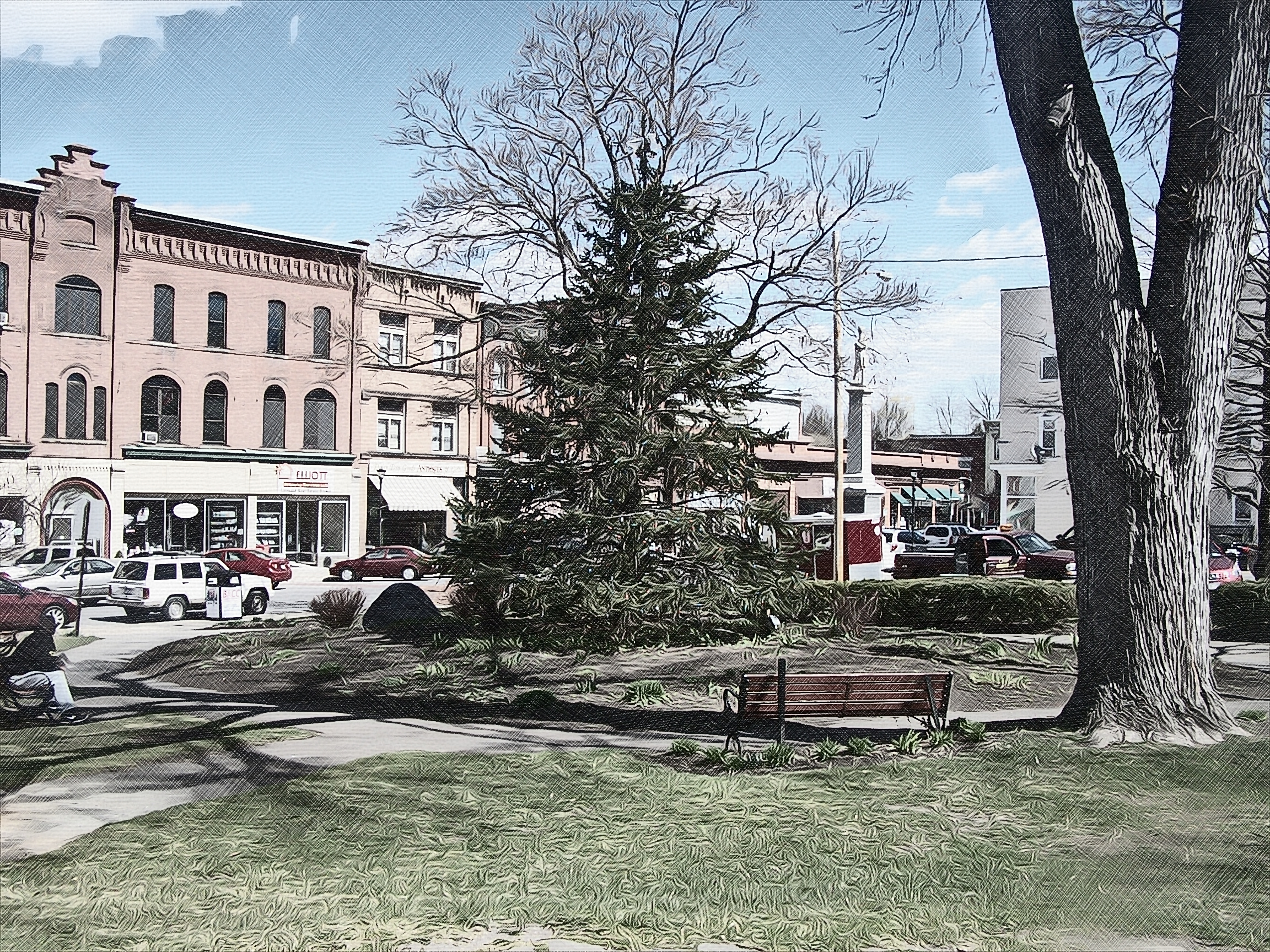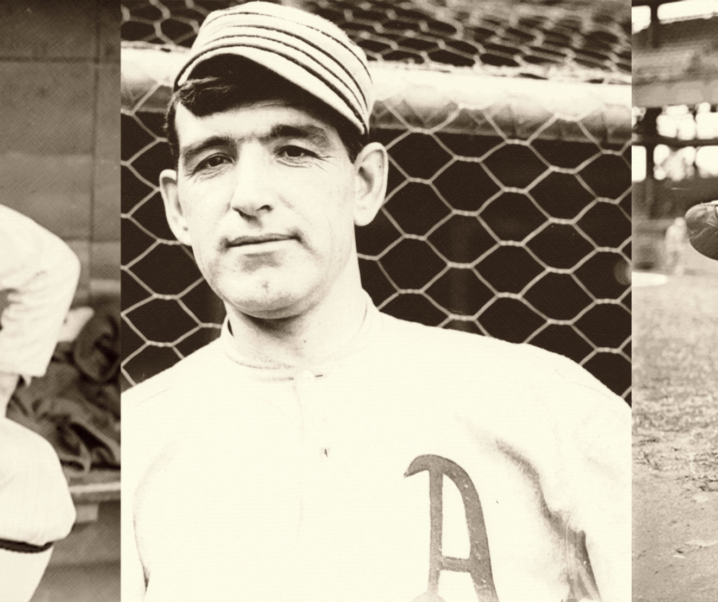How Memorial Day came to be –
and why it remains so important
Reviewing the 2009 history lesson about the origins of Memorial Day with fresh eyes in May of 2020 led to an epiphany. The manner in which the pandemic forced many to pause for deeper reflection on the first holiday weekend since a State of Emergency was declared in New York State in March might well have been saluted by Mr. Morley.
The news that Ballston Spa’s Memorial Day parade was being cancelled as part of the mission to help prevent the spread of the invisible enemy dubbed COVID-19 was initially demoralizing.
Why bother documenting the weekend in words and pictures when the popular annual multi-generational celebration that was to have taken place on Saturday, May 23 under the sponsorship of American Legion Post 234 and VFW Post 358 had been called off?
What would Memorial Day be without the traditional sea of red, white and blue created by crowds waving miniature flags while cheering on patriotic floats, marching bands and uniformed bodies with strong voices belting out time-honored military songs? Without friends and loved ones gathering to collectively “ooh” and “aah” as fireworks magically light up the evening skies?
Then I remembered a poignant story Ballston Spa History Consultant Maurice “Christopher” Morley had asked me to record for posterity a few years prior to his passing at age 89 in 2011.
Reviewing the 2009 history lesson about the origins of Memorial Day with fresh eyes in May of 2020 led to an epiphany. The manner in which the pandemic forced many to pause for deeper reflection on the first holiday weekend since a State of Emergency was declared in New York State in March might well have been saluted by Mr. Morley.
But after pondering what Mr. Morley (whose legacy also includes having served with distinction in the US Marines during World War Two) had shared with me about how Memorial Day came to be, I will never again feel that such gatherings are essential. Indeed, should the coronavirus wreak havoc with plans now on my social calendar for the Fourth of July, such personal sacrifices will assuredly be easier to bear.
BOTTOM LINE: My morale and sense of duty were fortified as I subsequently donned a protective facial mask and a bicycle helmet to embark upon a solo photo-journalism quest on Sunday, March 24, that was further strengthened when my teenaged nephew Aiden Irish volunteered to join me on Monday, May 25.
The photos that accompany this feature speak volumes about The Spirit of Ballston Spa – both as it was on an early Memorial Day (then called Decoration Day) and as it was in May 2020. It is noteworthy that many stars and stripes began flying at half-mast throughout the village in April to honor victims of the pandemic. We hope these flags and the yellow ribbons that began decorating the community around Easter will remain in place long into the future. Lest We Forget.

The following history lesson was dictated to Ann Hauprich in 2009 by now late hometown hero Maurice “Christopher” Morley. To learn more, please click here.
The presence of The War Monument – known to locals as Civil Sam – where Front Street and Low Street meet near Wiswall Park and the subsequent addition of smaller commemorative markers near the rear of the Ballston Spa Public Library and at the front of the Saratoga County Complex on McMaster Street serve as year-round reminders of those who risked — and too often sacrificed — their lives for our freedom.
Nowadays the Memorial Day weekend is synonymous with flag-waving parades and backyard barbeques at which patriotic hosts use lots of red, white and blue decorations. But the holiday atmosphere that prevails in the village today is a far cry from what those who organized the first such event, known as Decoration Day, had in mind.
With memories of the Civil War still fresh for those who lost husbands, fathers, sons, brothers, uncles and friends, there was little to celebrate.
The date on the calendar at the end of May was truly a day to reflect upon and honor the sacrifices that had been made by the brave young men of Ballston Spa who had marched off to battlefields from which many never returned. Those who did return home often spent the rest of their lives with daily reminders of their ordeals ranging from crudely amputated limbs that caused lifelong suffering to emotional wounds that some historians contend never healed.
Since none who were there are left to tell their tales, the best accounts are those found in old letters and journals as well as in newspaper records and books that were published in the late 1800s.
One such account, published in a village periodical on May 26, 1877, reads as follows: “McKittrick Post of the Grand Army of the Republic (GAR) has made arrangements for May 30 which will make Decoration Day unusually interesting to our citizens and to those of other towns who may come in on that occasion. It will be a day of noble impulses to every patriotic heart; a day of appropriate ceremonials, voicing a nation’s gratitude for the lives laid down in its defense; a day of tender and hallowed memories, when recollections will reproduce the form and features and virtues of the loved and lost; and when undying affection will weep its sorrows at the honored grave of the soldier who has lost his last battle. Others, too, who never came back to the hearts and homes they loved, whose graves are where they fought and died, will not be forgotten by those whose mourning is more deeply saddened because they know not where to plant the flowery emblems of immortality . . .”
“By the old Roman law, prisoners of war who died in captivity were supposed to have died in their own country; and so the lost McKittrick, of whom no traces have ever been found, may be supposed to have died in his own country and we may honor his memory as we do honor the soldiers whose dust mingles with the dust of their native soil. It is customary to mourn them as dead, but they live. In our hearts, they live in our household mementoes, in our history of heroic deeds, in our national celebrations, they live. And they live in our floral remembrances, as we bring floral offerings to their tombs in the annually returning season when nature stands clothed anew with the bloom of spring-time, emblematic of the immortal bloom where eternal spring abides . . .”
By the same old Roman law referred to earlier, that “a son killed in battle is supposed to live forever for the benefit of his parents,” the 1877 newspaper article promised readers that the forthcoming Decoration Day in the village would not only ensure that the memories of the slain soldiers would live on not only for their parents, but also “for us, for our children, and for after generations.”
The tradition of collecting rose petals and sprinkling them on the tombs of fallen soldiers was later replaced by the placing of miniature flags on the graves of veterans of The Civil War, The Spanish American War, World War One, World War Two, The Korean War, The Vietnam War and, most recently, the War in Iraq, by members of the local Veterans of Foreign Wars (VFW Post 358) in conjunction with members of the local American Legion Henry Cornell Post 234.
The presence of The War Monument – known to locals as Civil Sam – where Front Street and Low Street meet near Wiswall Park and the subsequent addition of smaller commemorative markers near the rear of the Ballston Spa Public Library and at the front of the Saratoga County Complex on McMaster Street serve as year-round reminders of those who risked — and too often sacrificed — their lives for our freedom.
That is why Memorial Day remains so important to veterans and their loved ones: “Lest We Forget.”
PARTING NOTE: If you have a special Memorial Day 2020 photo, memory or reflection you’d like to share, please contact Ballston Spa Living Editor Ann Hauprich at annhauprich4@gmail.com.
COVID-19Lest We ForgetMemorial Day







